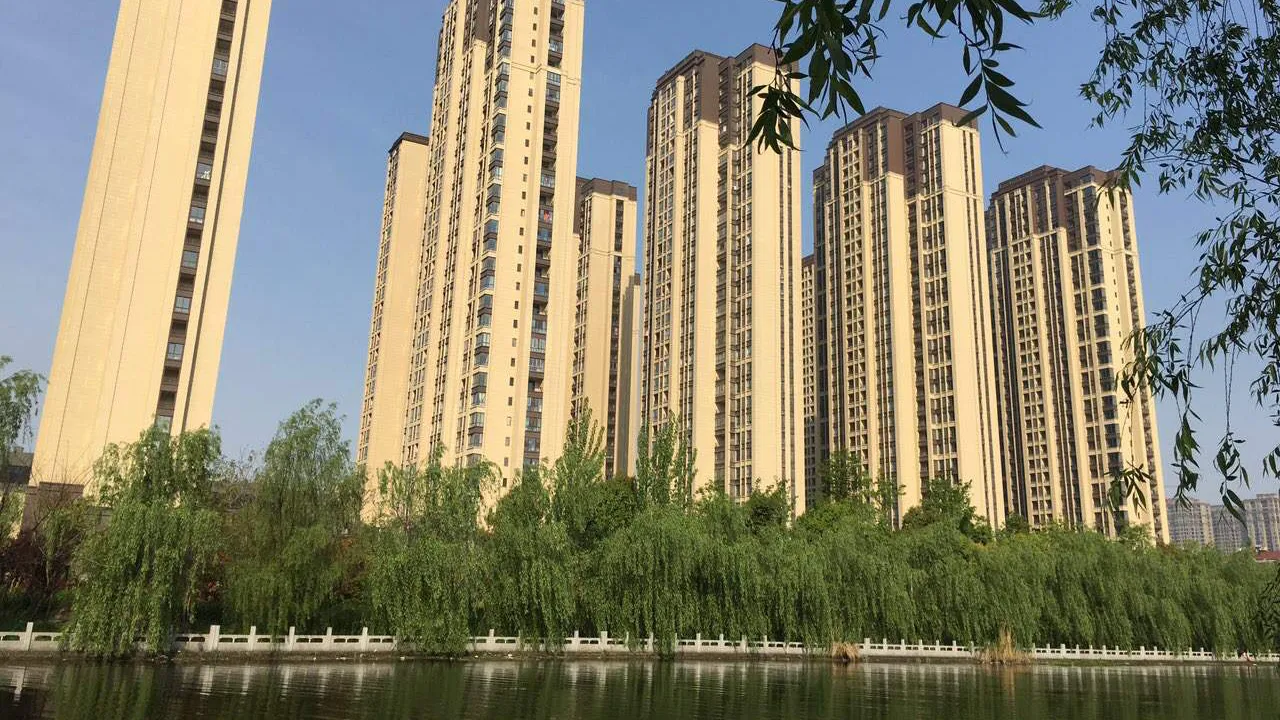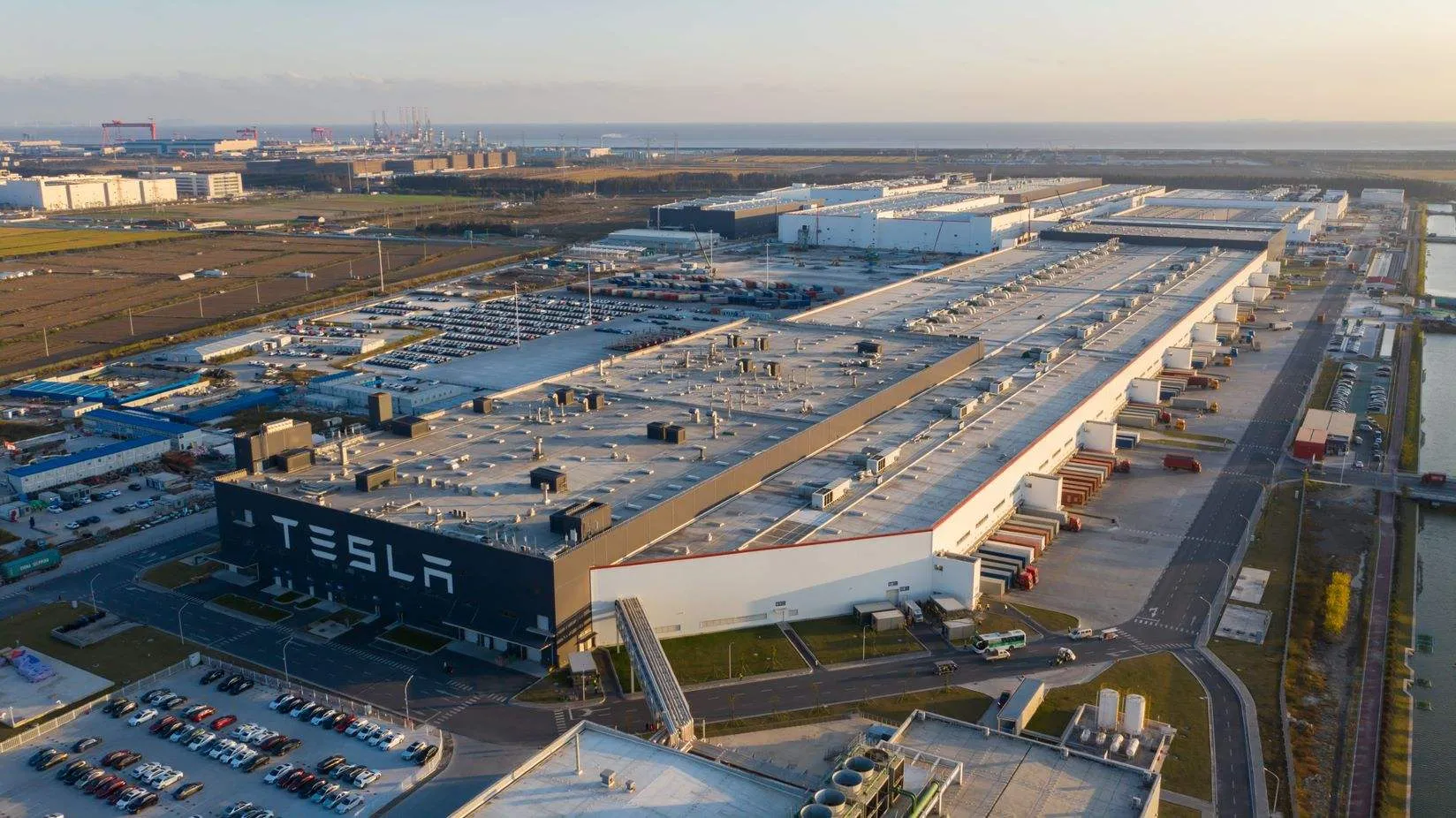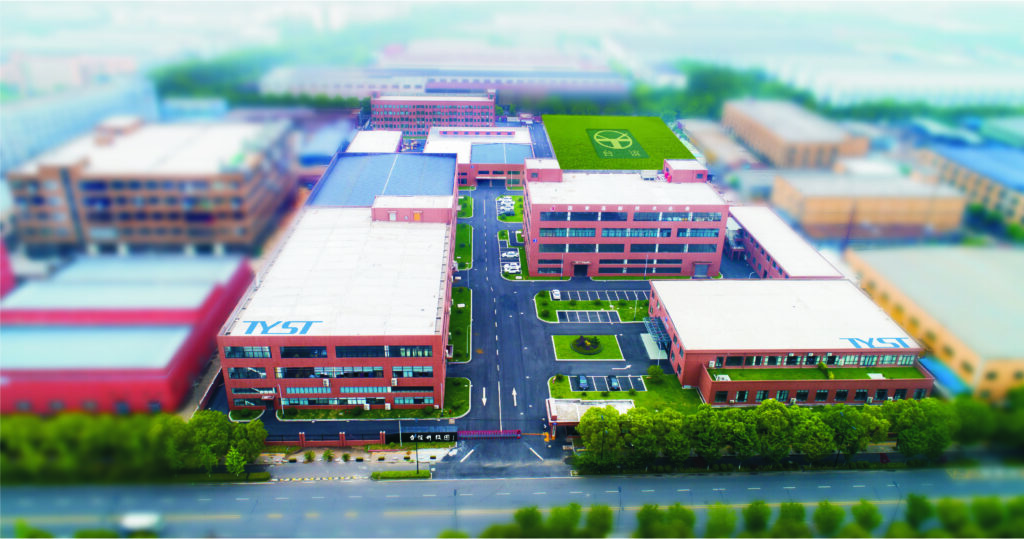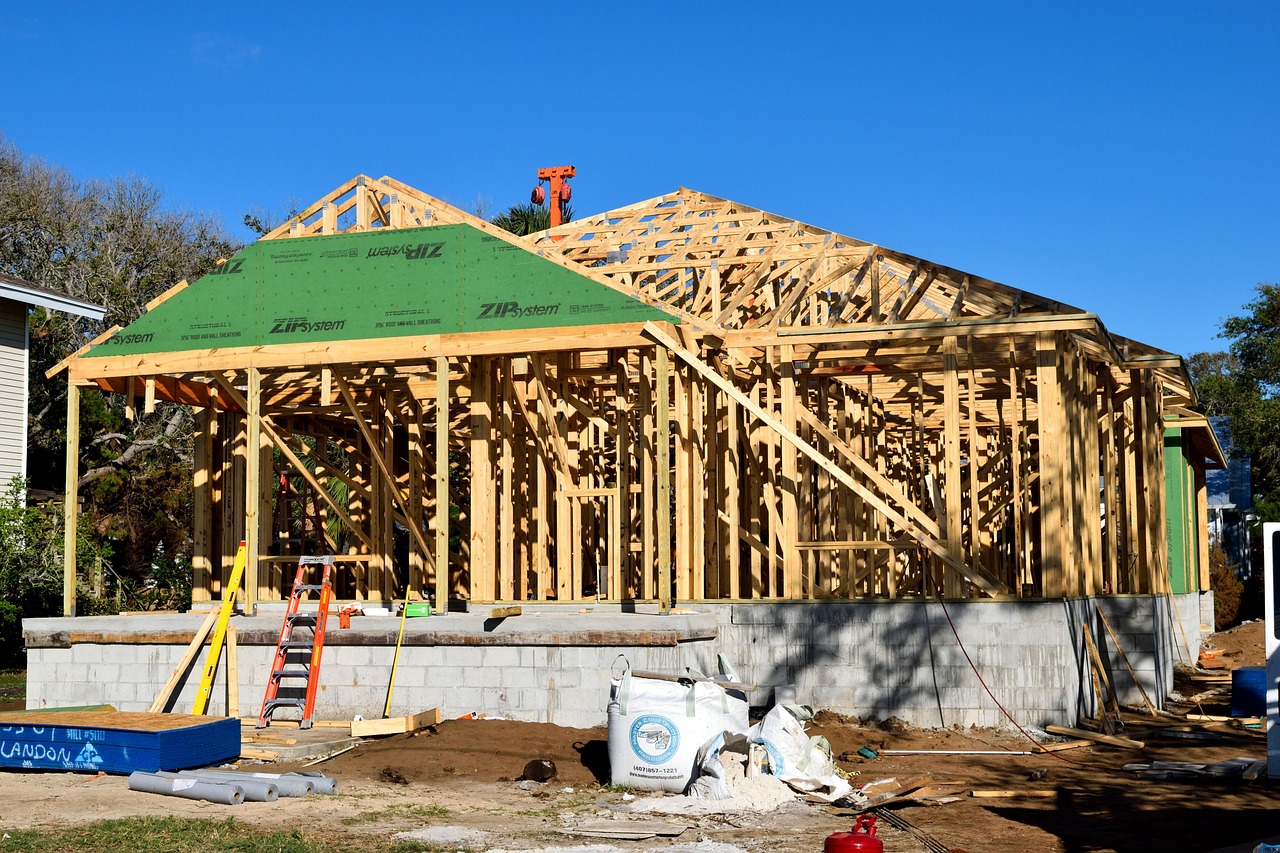
You have a big problem when you try to keep Southeast Asian heritage sites safe. Humidity makes wooden buildings weak. This can make them catch fire more easily. You should focus on Wood Structure Fire Protection. This helps these special places stay strong. Modern fire safety tools, like those from Tyee, help you protect history. These tools also respect old traditions.
Key Takeaways
Humidity can make wood weak. Weak wood can catch fire more easily. Regular checks and fixing problems can stop big issues.
Flame retardant treatments help keep wood safe from fire. Protective coatings are also important for fire safety. Pick the best products for your needs.
It is important to control humidity. Use low-permeance membranes to help. Do not use materials that hold moisture. This keeps wood safe from rot and fire.
TYEE’s fire safety systems use wireless detection. They also use monitoring to protect heritage sites. These systems do not harm the building.
Staff and visitors need fire safety training. Regular drills help people know what to do. Awareness programs teach everyone how to act in emergencies.
Risks Overview

Climate and Material Challenges
You face many climate challenges when you protect heritage sites in Southeast Asia. The weather changes often. Heavy rain, strong winds, and high humidity can damage wooden buildings. These events happen more often now. You see that wood suffers more than stone when storms or floods hit. Large wooden buildings with big roofs or wide walls get hurt the most. The bigger the exposed area, the more likely it is to suffer damage.
Increased storms and floods make wood rot or crack.
High humidity raises the moisture inside the wood.
Dry seasons can make wood brittle and easy to burn.
Sites with large roofs or open walls are more at risk.
You can use smart ideas to help. Roof overhangs and raised floors keep water away from wood. These changes help your Wood Structure Fire Protection plan work better. You need to check and fix these buildings often because repeated storms make the wood weaker over time.
Tip: Regular checks and small repairs stop big problems before they start.
Fire Hazards in Heritage Sites
You must watch for fire risks in wooden heritage sites. Humidity changes the way wood reacts to fire. When wood has more moisture, it does not burn as fast. In dry weather, wood dries out and becomes a bigger fire risk. Fires can start quickly and spread fast in these conditions.
Humid air makes wood less likely to catch fire, but mold and rot can weaken it.
Indoor humidity and wood moisture change with the weather, so fire risk goes up and down.
You need to understand these risks to keep heritage sites safe. Good Wood Structure Fire Protection means you must watch the weather and check the wood often. This helps you act before a small problem becomes a disaster.
Wood Structure Fire Protection Methods
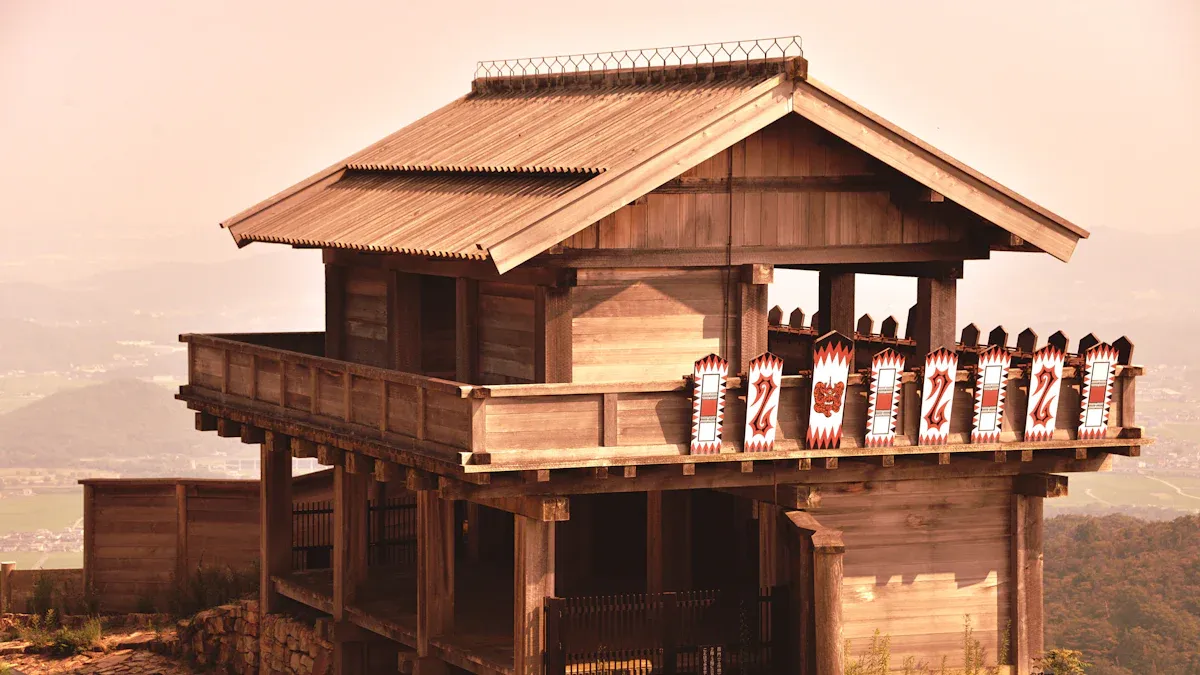
You need good ways to keep wood safe in heritage sites. You can use flame retardant treatments, special coatings, and ways to control humidity. These steps help stop fire and damage to wood.
Flame Retardant Treatments
Flame retardant treatments make wood less likely to burn. These work well even when it is humid. You should pick the best treatment for your site. Some use chemicals, while others use natural things. The table below shows how each treatment works.
Treatment | Key Findings | Performance Metrics |
|---|---|---|
PALA@FPS-Wood | Vacuum impregnated with biomass phytic acid and L-arginine, modified with SiO₂ nanoparticles | UL-94 V-0, 48.80% reduction in total heat release, 81.82% reduction in smoke production, WCA of 155.6° |
PGLUF | Lignin-based intumescent flame-retardant | UL-94 V-0, 92.73% reduction in total heat release, 93.58% reduction in peak heat release rate, LOI of 36.5% |
Wood-HCC | Utilized bio-based flame retardants and sodium methyl silicate | LOI of 34.5%, 39.4% reduction in peak heat release rate, 51.5% reduction in total heat release, WCA of 113.7° |
Vacuum impregnation pushes flame retardants deep into wood. This helps protect big beams and old wood. Surface charring burns the outside of wood. This makes it harder for fire to spread. Chemical treatments also help. Bio-based solutions keep wood safe and are better for the earth.
Tip: Always test flame retardant treatments on a small spot first. This lets you see how the wood will react.
Protective Coatings and Barriers
Protective coatings help keep wood safe from fire and water. These coatings make a shield on the wood’s surface. Intumescent paints swell up when hot and block fire. Clear fire-resistant varnishes protect wood but keep it looking natural.
Pick coatings that work well in wet places. Some stop water and mold. Others block smoke and heat. You can use fire-resistant panels or wraps as barriers. These add more safety. You can put them in without changing how the building looks.
You can also use fire safety systems that do not harm old wood, like wireless smoke detectors and smart alarms. These are easy to install and keep the site safe.
Note: Check protective coatings often. Put on new coatings every few years to keep Wood Structure Fire Protection strong.
Humidity Control Strategies
You must control humidity to keep wood safe and strong. Too much water makes wood rot. Too little water makes wood dry and easy to burn. There are different ways to manage humidity.
Implications for Fire Protection | |
|---|---|
Low-permeance membranes | Prevents trapped moisture that can reduce fire protection effectiveness. |
Factory protection wraps | Can trap moisture, leading to mold and decay, which compromises fire safety. |
Interior finishes | Noncombustible materials can increase moisture sensitivity, affecting fire protection. |
Concrete toppings and mats | Can trap moisture, delaying drying and increasing mold risk, impacting fire safety. |
Splines and details | Exposed edge grain can allow water penetration, necessitating protective measures to maintain fire safety. |
Low-permeance membranes stop water from getting stuck in wood. Avoid wraps that hold water inside. Pick interior finishes that do not add water. Check concrete mats and toppings because they can trap water and cause mold. Protect edges and grains so water cannot get in.
Smart fire safety tools help you watch humidity. You can use sensors to check moisture in wood. You get alerts if wood gets too wet or too dry. This helps you act fast and keep Wood Structure Fire Protection working.
Reminder: Check humidity often. Use sensors and smart systems for early warnings.
You can use flame retardants, coatings, and humidity control together. This gives the best Wood Structure Fire Protection for heritage sites. You keep history safe and protect people.
TYEE Fire Safety Systems
If you want to keep a heritage site safe, you need fire safety systems that work with old buildings. TYEE gives you tools that protect your site. These tools do not hurt the wood or change how the building looks. You can use TYEE’s automatic fire alarm systems, emergency lights, and wireless detectors. These make your site safer and easier to manage.
TYEE Automatic Fire Alarm Systems
You need to know about a fire before it gets worse. TYEE automatic fire alarm systems help you do this. These systems use smart smoke and heat detectors. You can put them in many places, even hard-to-reach spots. The detectors send alerts right away if they find smoke or heat. This gives you time to act fast and protect your site.
TYEE’s alarm systems use wireless technology. You do not have to drill holes or run wires through old wood. This keeps the building safe and keeps its history. The alarms work well in places with high humidity. You can trust them to give real warnings, not false alarms.
TYEE’s fire alarm systems have won awards and meet top safety standards like UL, CE. You can find them in famous places such as the Museum of the Communist Party of China and Hangzhou Olympic Sports Center.
Here are some important features you get with TYEE fire safety systems:
Key Feature | Description |
|---|---|
Rapid Electrical Fire Prevention | Non-intrusive monitoring finds overloads and shorts in old circuits, with fast power shut-off. |
Reliable Fire Water Supply | Real-time checks keep hydrants and tanks ready for use. |
Faster Fire Alarm Response | Wireless smoke and heat detectors send instant alerts, perfect for museums and temples. |
Safe Evacuation Routes | AI video finds blocked exits or escape paths in busy or historic areas. |
Indoor Safety Protection | Sensitive gas leak detection with auto shut-off for kitchens and stalls. |
Emergency Lighting and Evacuation by Tyee
When a fire happens, people need to leave quickly and safely. TYEE’s emergency lighting and evacuation systems show clear paths to exits. The lights turn on right away if the power goes out or if the fire alarm sounds. You can trust these lights to work in all weather and building types.
Bright lights on escape paths help you see where to go. This helps stop panic and confusion. TYEE’s systems follow strict rules like OSHA and NFPA 101. You know they are safe and reliable. You can test the lights during fire drills to make sure they always work.
Benefit Description | Impact on Evacuation |
|---|---|
Increases evacuation efficiency. | |
Bright lights on escape paths show you where to go. | Reduces confusion during emergencies. |
Emergency lighting helps you see during blackouts. | Ensures visibility in critical times. |
Compliance with safety standards. | Guarantees reliability and safety. |
Regular checks keep the lights ready. | Maintains system readiness. |
Fire alarms can turn on lights instantly. | Provides instant response. |
Fire drills with lighting tests find problems early. | Improves safety during evacuations. |
You can find TYEE’s emergency lighting in places like Hangzhou Metro Line 3 and the Baihetan Dam. These systems help thousands of people stay safe every day.
Wireless Detection and Monitoring
You need to watch your site all the time, but you do not want to damage the building. TYEE’s wireless detection and monitoring systems let you do this. You can install sensors without wires or drilling. The sensors check for smoke, heat, gas leaks, and blocked exits.
You get alerts on your phone or computer if something goes wrong. You can see the status of your site from anywhere. This helps you act fast and keep your site safe. TYEE’s wireless systems are easy to add to old buildings. You do not need to change the structure or the look of the site.
Many heritage sites in China and other countries use TYEE’s wireless systems. These systems have top certifications and have won awards for design and safety.
TYEE gives you a full set of fire safety tools. You get fast alarms, safe evacuation lights, and smart wireless monitoring. You protect your heritage site without harming its history. You also meet the highest safety standards and use systems trusted by top projects around the world.
Early Detection and Response
Fire Alarm Integration
It is important to find fire risks early. This helps protect wood heritage sites. Early warning gives you more time to help people and save history. Automatic fire alarm systems, like TYEE, can watch for smoke, heat, or gas leaks. These systems send alerts fast if there is danger. You should not only use technology. You also need regular checks and staff patrols to stay safe.
Here are some good ways to spot fires early in wood heritage buildings:
Put in Automatic Extinguishing Systems (AES) for quick action.
Test and fix AES often so they work well.
Teach your team how to use fire safety tools.
Check your site often to find problems early.
Use both technology and hands-on safety steps.
Tip: Do not just trust alarms. Use inspections and training with them for better safety.
Evacuation Planning
You need a plan for people to leave safely during a fire. Good plans save lives and protect heritage. Emergency lights and clear exit signs help guide everyone. Practice fire drills with your team and visitors. Keep escape routes open and easy to find.
TYEE’s emergency lighting and evacuation systems light up paths and exits. They work even if the power goes out. Regular checks and drills help you find weak spots in your plan. Update your plan when you change the building or add new displays.
Remember: Practice helps everyone know what to do in an emergency.
Community Training
You help keep fire safety strong by teaching staff and visitors. Training keeps everyone alert to fire risks. Programs help people follow rules and spot dangers. Hold refresher events and send reminders to keep fire safety in mind.
Key Themes | Objectives |
|---|---|
Help people understand why protecting culture matters | |
International experiences in prevention | Support teamwork between countries and groups |
Risk management strategies | Use advanced technology for better safety |
Future recommendations | Make simple steps to lower fire risks and keep people safe |
Evidence | Explanation |
|---|---|
Teaching staff and visitors is very important for fire safety in wood heritage buildings. | Training and awareness help everyone stay careful and follow safety rules. |
Refresher events and reminder emails are needed. | This keeps staff aware of fire risks and safety steps. |
Do not use untested electrical equipment. | This is one way education can lower fire risks. |
People’s actions and choices affect fire risk in heritage buildings. | What staff and visitors do can change fire safety. |
More visitors mean you need stronger fire protection. | Tourists make it more important to have good safety rules. |
Note: Teaching your community builds a safety culture. This protects people and heritage for a long time.
You can keep Southeast Asian heritage sites safe with old and new ways. Use Wood Structure Fire Protection like flame retardants, coatings, and humidity control. Trust Tyee’s fire safety systems to protect your site and keep its history safe. Act now to check your site often. Teach your team about fire safety steps. For the best help, ask fire safety experts or tyee for a special plan.
FAQ
What makes TYEE fire safety systems suitable for heritage sites?
TYEE systems use wireless technology. You can put sensors in without drilling. This means you do not damage the wood. These systems help protect history. They also keep buildings safe.
How often should you check fire safety equipment in heritage buildings?
You need to check equipment every month. Regular checks help you find problems early. This keeps your site safe. It also helps you get ready for emergencies.
Can humidity sensors help prevent fires in wooden structures?
Yes. Humidity sensors tell you if wood is too wet or dry. You can fix moisture problems fast. This lowers the risk of fire.
Do TYEE emergency lights work during power outages?
TYEE emergency lights turn on when power goes out. You can see escape routes even in the dark. This helps everyone leave safely.
What training do staff need for fire safety in heritage sites?
You teach staff to use alarms and spot hazards. Staff learn how to guide people out. Practice helps everyone feel ready for emergencies.


